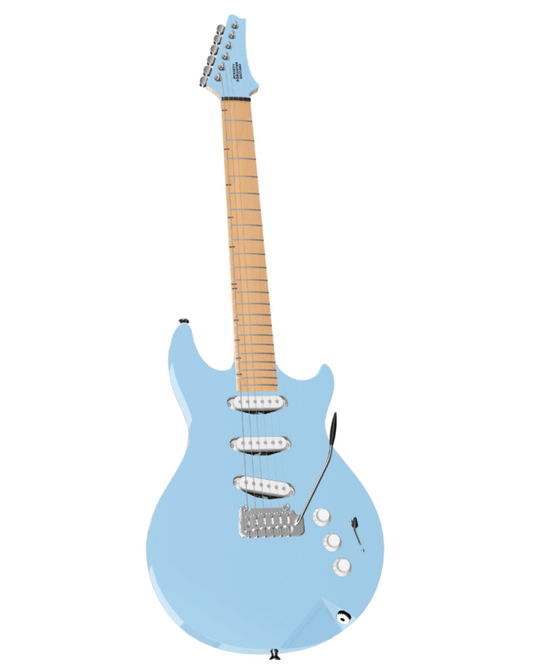When it comes to electric guitar pickups, there are several key factors that determine how they will sound. DC resistance, inductance, and capacitance all play a crucial role in shaping the tone of an electric guitar. But what do these terms actually tell us about how a pickup will sound?
DC Resistance
DC resistance is a measurement of the resistance to the flow of direct current in a pickup. A higher DC resistance typically results in a warmer, fatter tone with more midrange emphasis, and a higher output. On the other hand, a lower DC resistance tends to produce a brighter, clearer sound with more high-end sparkle and lower output. The DC resistance of a pickup can give you a good indication of how it will sound, but it is just one piece of the puzzle, not least because the signal a pickup generates is AC (alternating current), not DC (direct current).

Inductance
Inductance is a measure of the ability of a pickup to convert the vibration of the string into an electrical signal that can be amplified to produce sound. Think of it like the horsepower of a car - higher inductance means louder. However, there is a trade-off. Higher inductance pickups tend to have a more pronounced low-end response and a smoother, more rounded tone. Lower inductance pickups, on the other hand, may have a tighter, more focused sound with enhanced clarity and articulation. Inductance is a better way to understand how hot a pickup will be, but it also speaks to tone.
Capacitance
Capacitance refers to the ability of a pickup to store an electrical charge, which is generally something we *don't* want it to do - it should be sending that electrical charge out through your output jack to your amp.
The capacitance of a pickup is influenced by the type of coating on the magnet wire (particularly how thick it is), and the way that the layers of magnet wire are laid down on the bobbin. Very uniform, tightly-spaced layers of magnet wire will lead to higher capacitance, which is why "scatter-wound" pickups - where the layers are more random, less uniform - are highly sought after. All our pickups are scatterwound, btw.
Higher capacitance can result in a darker, more mellow tone, while lower capacitance can produce a brighter, more lively sound.
Bear in mind that pickups are not the only part of your signal chain that introduce capacitance. Your tone control includes an actual capacitor, and the biggest culprit for adding overall capacitance is actually a long guitar cable. How much of this capacitance you want is personal preference, which is why some wireless systems even include cable emulation.
Conclusion
If you look at a set of pickups and the only metric you have available is DC resistance.... look elsewhere. On its own, DC resistance is virtually useless in understanding how a pickup is going to sound. You also need to know about inductance, capacitance and - ideally - resonant peak (more on that in another post).




























